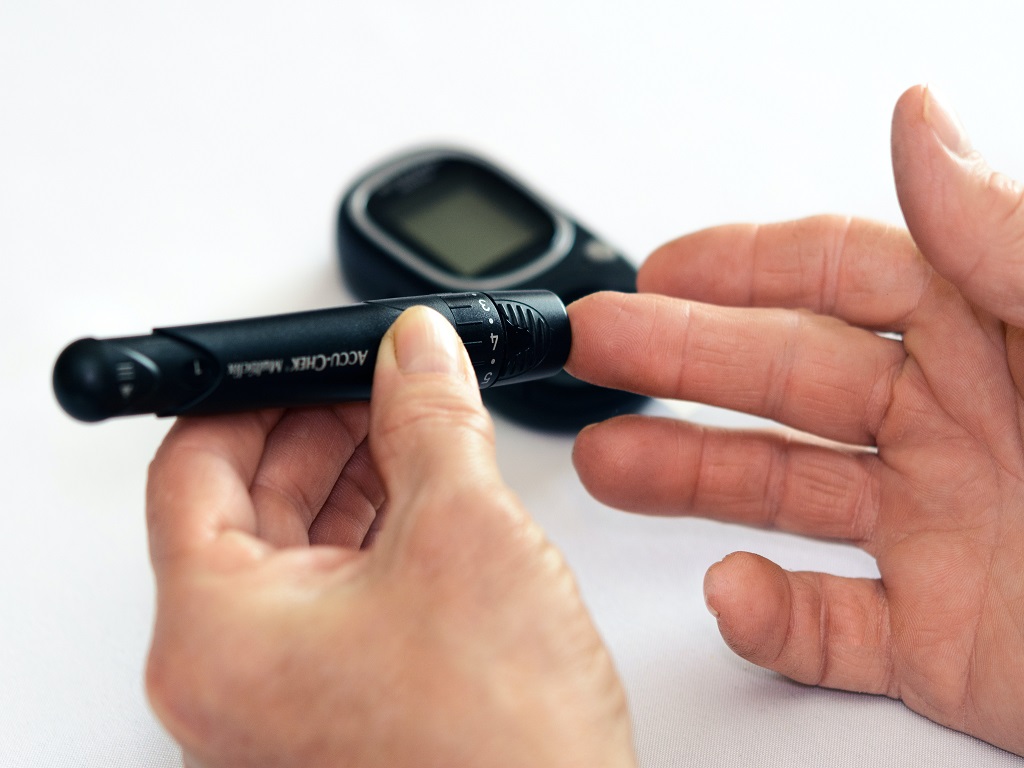Both of the two main types of diabetes – Type 1 and Type 2 – are chronic diseases that affect how your body regulates glucose. Glucose, or your blood sugar, is what fuels your body’s cells. But it needs insulin to get in. Those with Type 1 diabetes don’t produce insulin, while those with Type 2 diabetes either don’t respond as well to insulin or don’t make enough of it.
Both types can lead to chronically high blood sugar levels, which increases your risk for complications related to diabetes.
Symptoms for Type 1 & Type 2 diabetes
– Frequent urination
– Intense thirst
– Intense hunger
– Severe fatigue
– Blurry vision
– Cuts or sores that don’t heal properly
Other symptoms include mood swings, sudden weight loss, and numbness or tingling in the hands or feet. Both Type 1 and type 2 diabetes have similar names and symptoms that have unique causes.
Causes
Type 1 diabetes
The body’s immune system is built to fight harmful viruses and bacteria. But in people with Type 1 diabetes, the immune system mistakes the body’s healthy cells as threats. It attacks and destroys insulin-producing beta cells in the pancreas, after which the body cannot produce insulin. We don’t yet know why this happens, though research points at several genetic and environmental factors like being exposed to certain viruses.
Type 2 diabetes
Those suffering from Type 2 diabetes have insulin resistance. This means the body still produces insulin but cannot make full use of it. Once again, there is no solid evidence showing why this happens, but several contributing lifestyle factors include being inactive and overweight. Other factors include genetics and the environment. People who develop Type 2 diabetes will have a pancreas that is constantly trying to compensate for the body’s incapability to use the insulin that is being produced effectively. This means glucose accumulates in the bloodstream.
The CDC reports that close to 34.2 million Americans are living with diabetes. 90-95 percent of these people have Type 2. This number only goes up with age. While men and women get it at about the same rate, some races and ethnicities are more prone to it.









